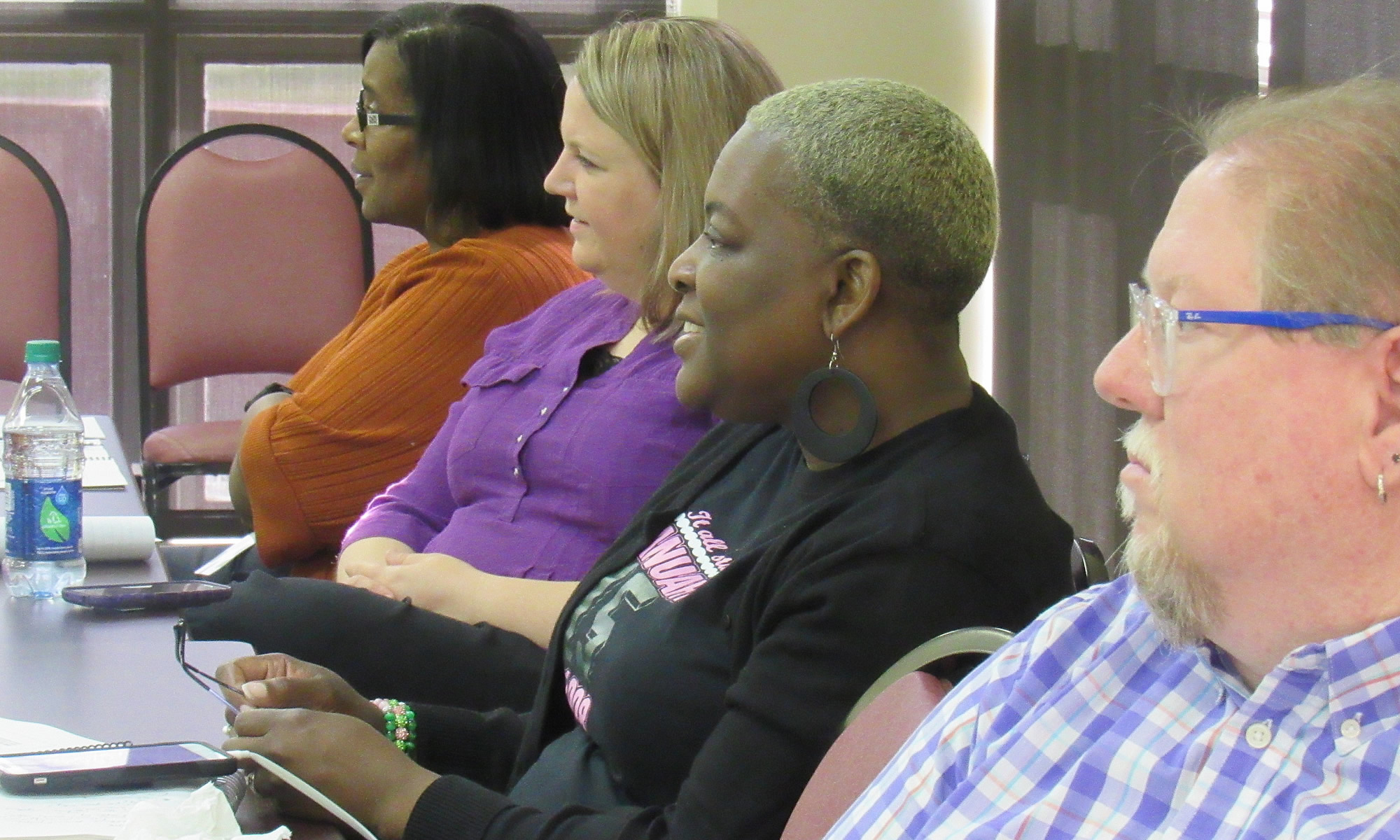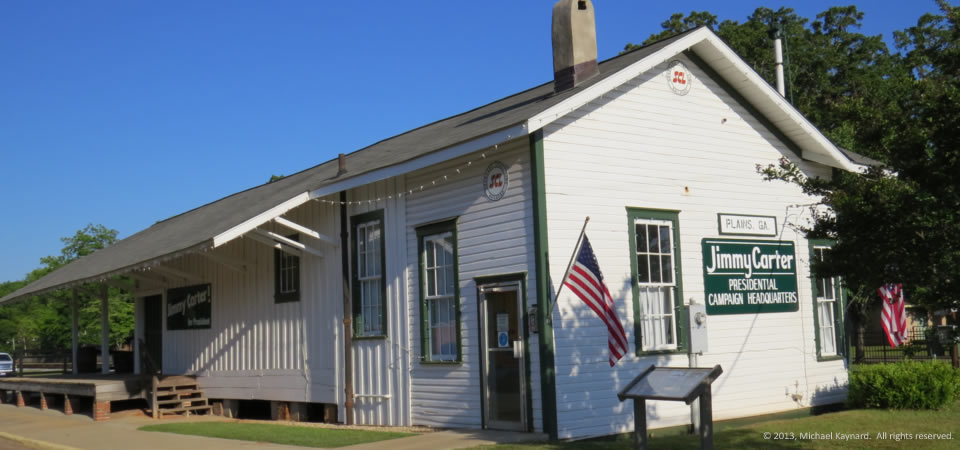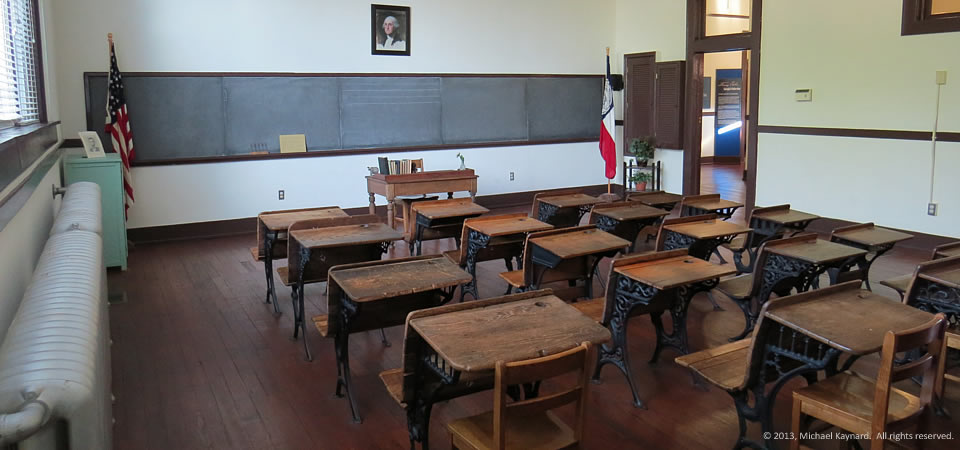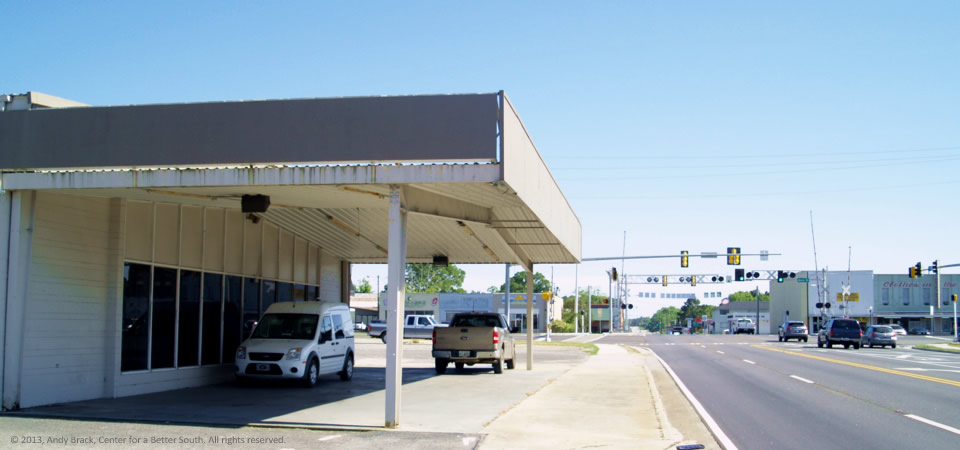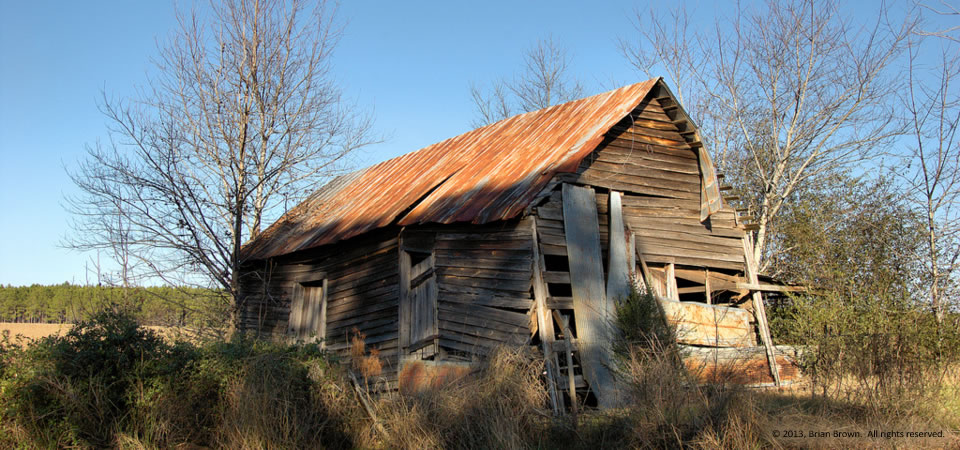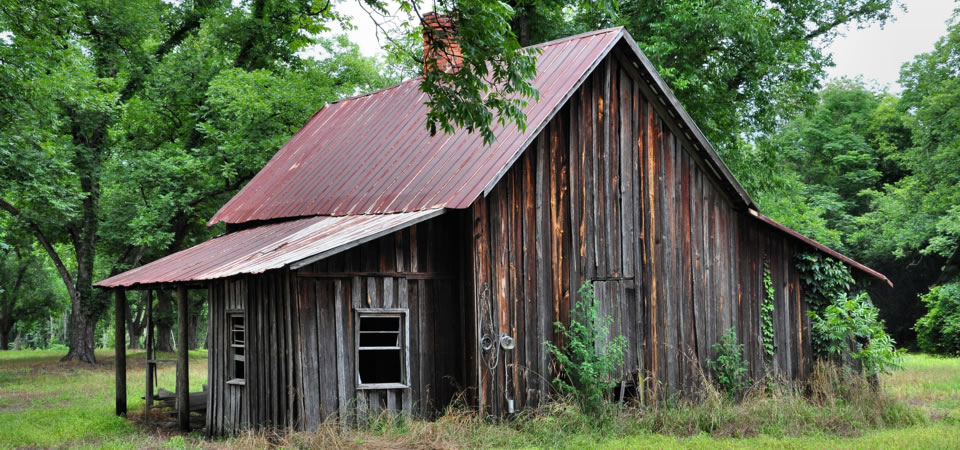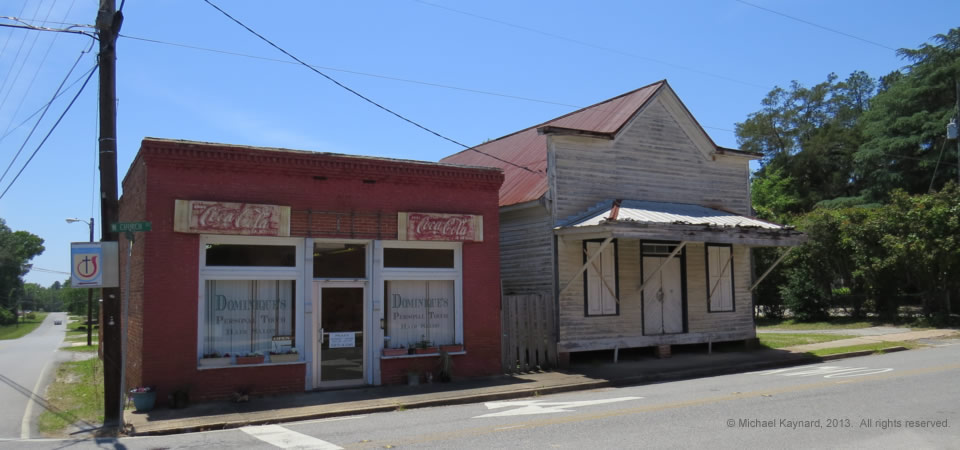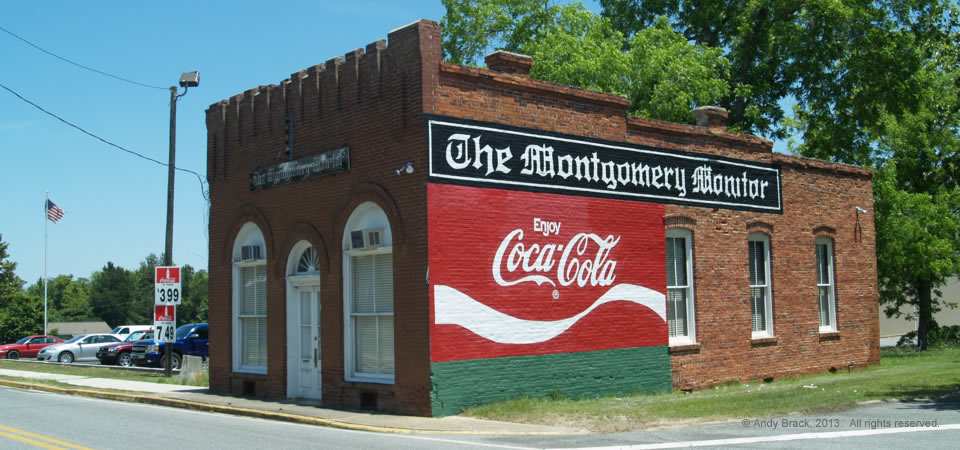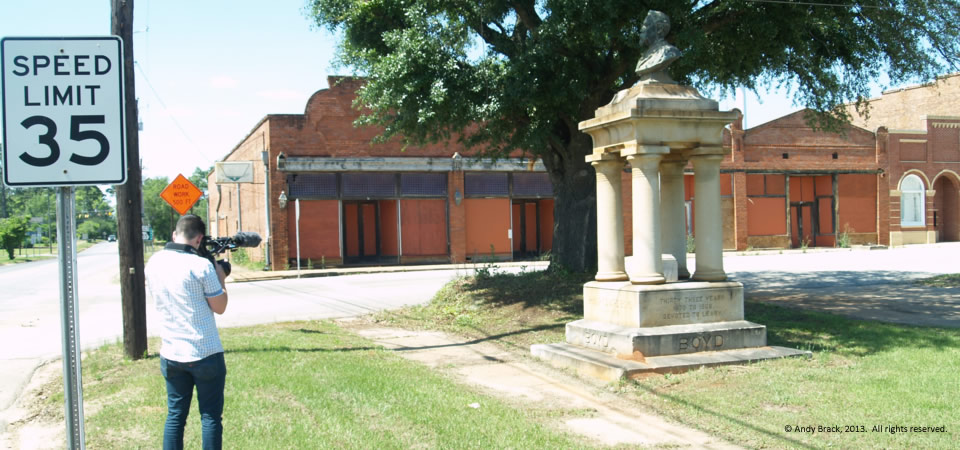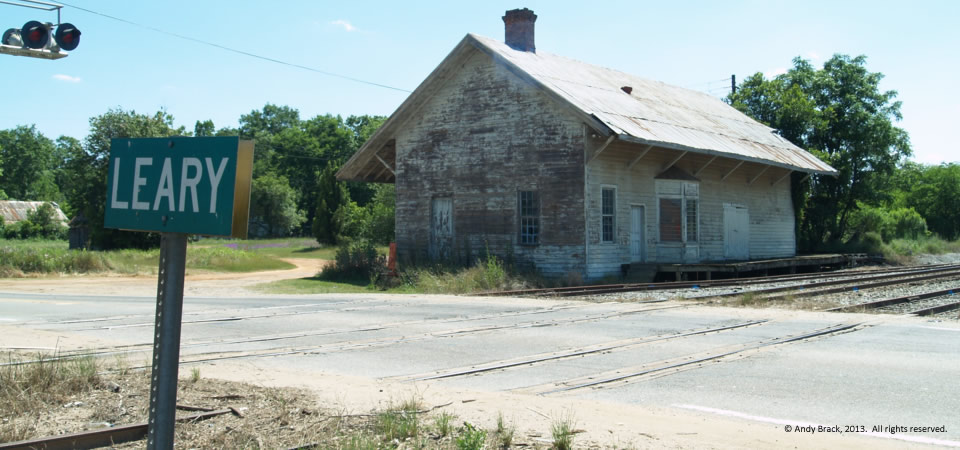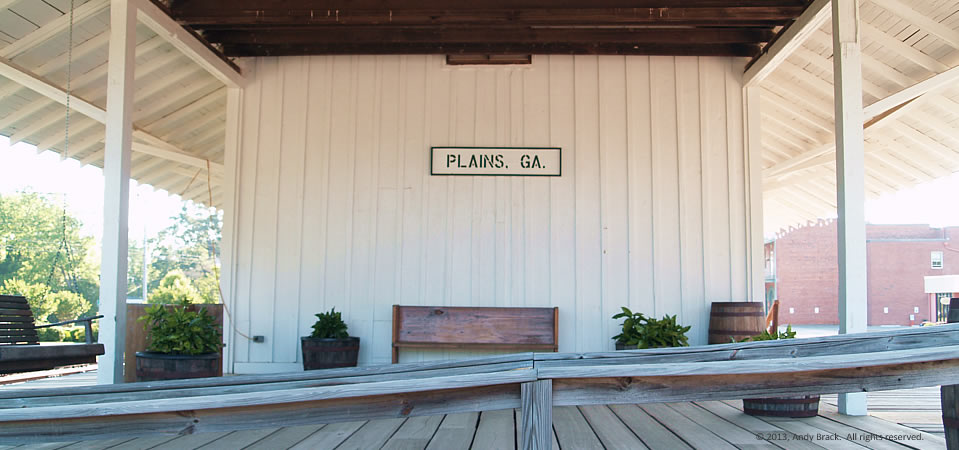
This old train platform in Plains, Ga., is preserved at the Jimmy Carter National Historic Site to highlight what an old train depot used to look like. The other end of the building was the first campaign headquarters for Carter’s 1976 successful bid for the presidency.
We liked how the Park Service kept this part of the depot because it recalls simpler, slower times without all of the hustle and bustle of modern life (cell phones, computers, GPS, etc.)
Plains, about 15 miles west of Americus in Georgia’s agricultural heartland, had 776 people in 2010, according to the Census. Three in five residents are black, with whites comprising almost all of the rest. About a quarter of the population lives below the poverty line.
- More about Plains.
- Learn about the Jimmy Carter Library and Museum in Atlanta
- Learn about the Carter Center in Atlanta
Photograph taken May 15, 2013, by Andy Brack, Center for a Better South. Copyright 2013. All rights reserved.
